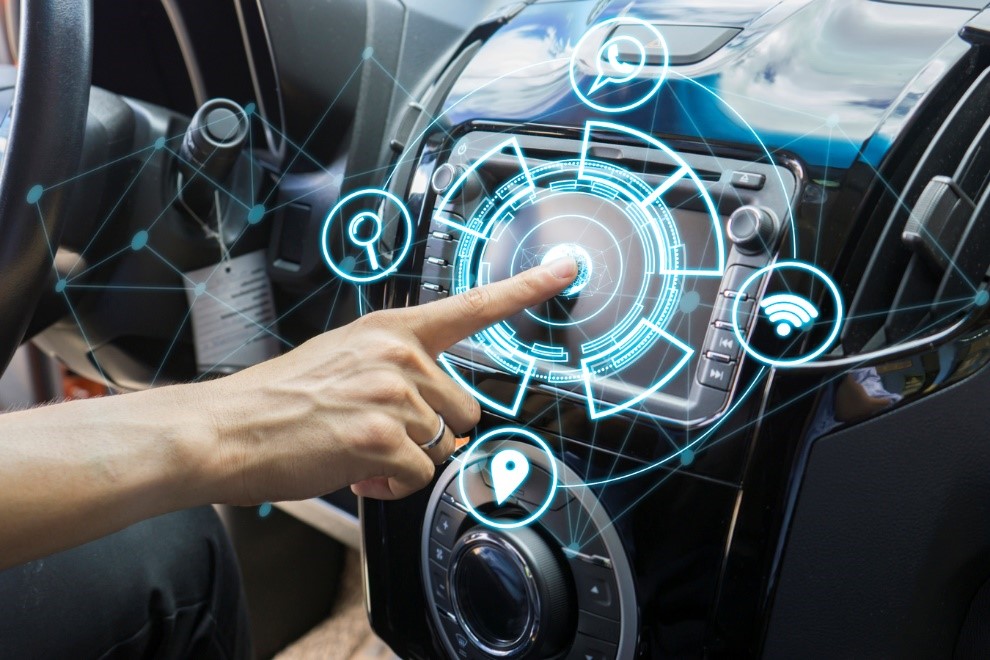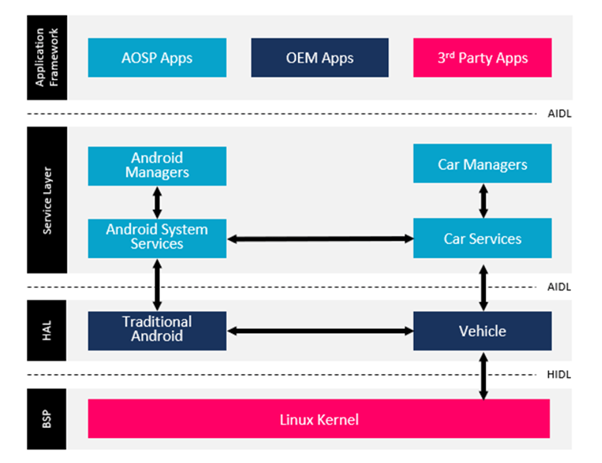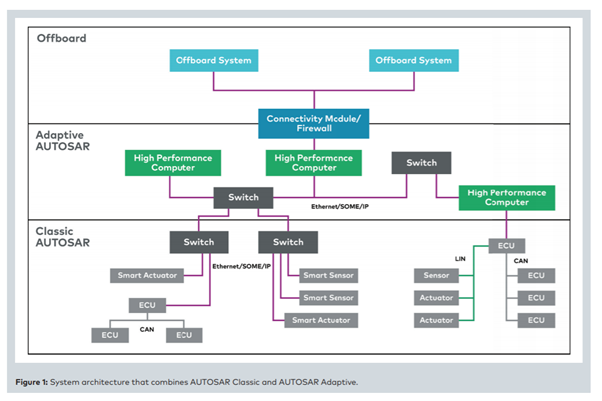Digital Instrument Cluster and Telematics Gateway Unit Development for Electric Trucks
About the Customer
The customer is a US-based transportation lab developing state-of-the-art electric commercial vehicles. They lay special focus on lowering the operating cost of fleets, while also being environmentally conscious.

Business Challenge
The customer had plans to develop a new line of electric trucks with high-end Digital Instrument Cluster and Telematics Gateway Unit (TGU) for Over the Air (OTA) updates.
Our vast experience and expertise in connected vehicle solution development compelled them to partner with us for this project.
Embitel Solution
We designed and developed a hybrid product, i.e., a combined digital instrument cluster and telematics gateway solution on a single hardware platform.
The level 3 instrument cluster had no analog components and was fitted on the dashboard of the electric truck. The cluster also had high-end graphics on the display unit.
|
Functionalities of the Telematics Gateway Unit: TGU is a telephonic interface between the vehicle and the cloud (which is hosted by the vehicle manufacturer). |
The project scope also included the following components:
- Common Hardware development for TGU and Digital Instrument Cluster
- Common Firmware development for TGU and Digital Instrument Cluster
- HMI development for Digital Instrument Cluster
- Telematics and OTA application development
This includes processor-based hardware design and complete hardware development.
This is inclusive of Linux OS porting to the custom hardware, bootloader implementation and development of BSP and device drivers.
For the digital instrument cluster, two displays were supported – one for the instrument cluster details and the other, a central console that ran applications such as navigation. The second display is designed to support additional features such as multimedia content in the future. Development and integration of HMI components such as soft gauges, maps, tell tales and indicators, AV player, etc. were all part of the project scope.
We developed the FOTA module, complete with Push Pull mechanism for facilitating ECU updates. We also integrated safety mechanisms within this module.
Hardware Architecture
A powerful 64-bit NXP processor is at the heart of the hardware architecture of the product. The hardware modules can be categorized as:
As mentioned above, the same hardware board is used for the TGU as well as the digital instrument cluster. This hardware can be used in the future for integrating multimedia features as well.
The single processor board has 4 cameras attached to it, i.e., 2 cameras on either side. This provides a wide angle view for the driver.
The instrument cluster has a 12.3 inch display and the central console has a 15.6 inch display with touchscreen. These two display units are connected to a single port.
There are some steering wheel controls connected to the main board. The steering wheel controls are used to navigate from one screen to another on the cluster.
Software Architecture
The software architecture consists of the following layers:
The application layer consists of the firmware for the telematics and OTA applications. Both these blocks are specific to the telematics gateway unit.
In the Middle layer, there are some components specific to the TGU (FOTA push and pull mechanisms, ECU updates, FOTA safety, OTA download manager, etc.) and some common components (WiFi/LTE services, UDS stack, vehicle communication modules, etc.). This indicates that a single software stack is performing the activities/functionalities of two applications. This combined approach is a highlight of this project.
Kernel and Device drivers are common to the entire product and these include modules such as WiFi, BLE, GPS, etc.
Hypervisor Architecture
The product is currently powered by Linux OS, but in the future, it can co-exist with Android OS. This is accomplished through the use of hypervisor architecture.
Embitel Impact
A high-end digital instrument cluster and telematics gateway unit was designed and developed by our team in the most efficient manner. We assisted the customer in integration testing as well.
Tools and Technology
- BUSMASTER and PCAN-View to simulate, analyse and evaluate CAN system data.
- D-Bus (Desktop Bus) IPC Interface






















